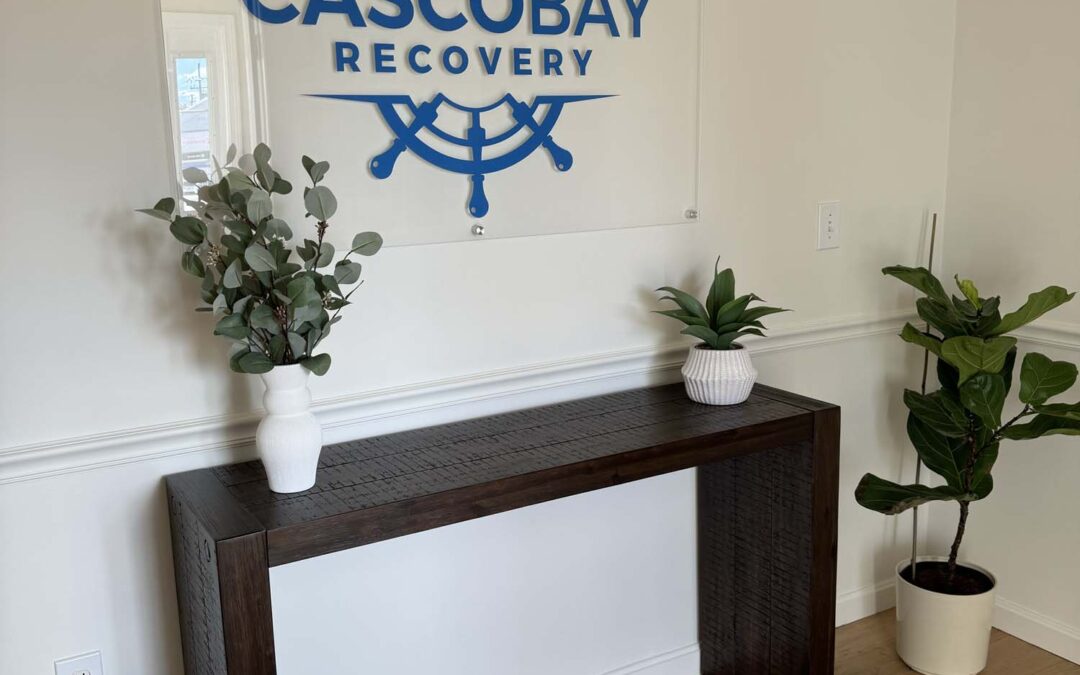Navigating Winter Blues
As we near the middle of winter, many individuals find themselves feeling more down, lethargic, and moody. This change in mood, often referred to as the “winter blues,” can be attributed to Seasonal Affective Disorder (SAD), a type of depression that is triggered by the changing seasons. While SAD affects individuals differently, there is a significant link between seasonal depression and increased substance abuse during the winter months.
SAD is a mood disorder that typically kicks in during late fall or early winter and improves in the spring and summer. Its exact cause is unknown, but it is believed to be related to reduced exposure to sunlight, leading to a disruption in our body’s internal clock and serotonin levels. This disruption affects our mood, appetite, sleep, and overall well-being.
While not everyone grappling with SAD succumbs to the temptation of substance abuse, research outlines a concerning trend: those affected by SAD face a higher risk of developing substance use disorders, particularly during the coldest of winter months when symptoms tend to intensify. This susceptibility stems from the desire to alleviate distressing symptoms of SAD, such as persistent sadness, lethargy, and social withdrawal. The limited availability of natural sunlight is the key disrupter of circadian rhythms and serotonin levels. This natural imbalance may drive those with SAD to seek substance misuse as a coping mechanism. While not inevitable, the intersection of SAD and substance abuse presents a complex and significant public health concern. This warrants further investigation and targeted intervention strategies to alleviate the impact of SAD and coinciding disorders.
The correlation between substance abuse and SAD
Alcohol and other substance abuse can create temporary relief for people suffering from SAD through various mechanisms:
- Mood Boost: Alcohol and certain drugs can induce feelings of euphoria or relaxation, temporarily alleviating symptoms of sadness and anxiety commonly associated with SAD.
- Escapism: Substance use may serve as a means of distraction and escapism from the distressing symptoms of SAD. This provides individuals with a break from their negative emotions and thoughts.
- Socializing: The common isolation during winter months is one of the key triggers for SAD. Although socializing is encouraged for dealing with SAD, people often use it as an excuse to engage in substance abuse. Individuals with SAD may turn to alcohol or other drugs as a way to facilitate social interactions and alleviate feelings of loneliness.
- Self-Medication: Some individuals with SAD may use substances to regulate their mood, manage sleep disturbances, or alleviate feelings of lethargy and fatigue. This is already a problem for people struggling with substance abuse that can be worsened by SAD.
- Neurochemical changes: Alcohol and certain drugs affect neurotransmitter levels in the brain, such as dopamine and serotonin. The alteration of these neurotransmitters temporarily alleviates symptoms of depression and anxiety associated with SAD.
It’s important to note that while substances may provide temporary relief, they can exacerbate underlying mental health issues over time. Substance abuse can contribute to a range of negative consequences, including serious harm, impaired judgment, physical health problems, and social and interpersonal difficulties. Seeking professional help is a way to adopt healthy coping strategies.
Strategies to navigate the SAD winter blues:
- Professional Help: Reach out to a mental health professional who can provide a proper diagnosis and offer effective treatments. Therapy and medications can help manage SAD symptoms and reduce the temptation for self-medication.
- Healthy Coping: Instead of turning to substances, engage in healthy coping mechanisms. Engage in regular physical activity, maintain a balanced diet, practice relaxation techniques such as meditation or yoga, and prioritize self-care activities that bring joy and relaxation.
- Social Support: Stay connected with friends and family, even if it means engaging in virtual or socially distanced activities. Combat the isolation by participating in support groups or seeking out like-minded individuals who can offer a listening ear and understanding.
- Light Therapy: Since the lack of sunlight is a significant trigger for SAD, invest in light therapy devices that mimic natural sunlight. These devices can help regulate your body’s internal clock, improve mood, and reduce the severity of SAD symptoms.
- Routine: Establish a daily routine that includes consistent sleep patterns, regular physical activity, exposure to natural light, and engaging in activities that bring a sense of fulfillment and purpose.
Here at Casco Bay Recovery, we offer a variety of treatments and therapies to aid SAD as well as substance abuse.
Some of our ideal treatments for SAD are,
- CBT: Cognitive Behavioral Therapy (CBT) is a proven psychotherapy approach for SAD. By challenging negative thought patterns, encouraging behavioral activation, and teaching coping strategies, CBT helps individuals manage symptoms and prevent relapse.
- 12-Step Therapy: A 12-step program, like Alcoholics Anonymous, provides ongoing support and guidance for individuals striving to overcome drug and alcohol addiction. At Casco Bay, we have taken this model and created a program in which participants attend group counseling sessions, share experiences, and support each other in maintaining sobriety. This program is recommended in addition to therapy to aid the substance abuse issues that stem from SAD.
- Holistic Therapy: Holistic therapy offers a multifaceted approach to helping individuals battling SAD. By addressing the interconnectedness of the mind, body, and spirit, holistic therapies such as mindfulness meditation, light therapy, and nutritional support can help alleviate symptoms of depression, regulate mood, and improve overall well-being.
By understanding the link between seasonal depression and increased substance abuse in winter, individuals can take proactive steps to manage their mental health and reduce the risk of substance abuse. Seeking healthy coping mechanisms, and staying connected with loved ones are crucial in navigating the winter blues and maintaining overall well-being. Remember, you are not alone, and there is always help available.
For additional information on seasonal affective disorder and substance abuse, visit:
- National Institute of Mental Health (NIMH) – Provides comprehensive information on Seasonal Affective Disorder and its treatment options. Link: https://www.nimh.nih.gov/health/topics/seasonal-affective-disorder/index.shtml
- Substance Abuse and Mental Health Services Administration (SAMHSA) – Offers resources and support for individuals struggling with substance abuse and co-occurring mental health disorders. Link: https://www.samhsa.gov/
- Mayo Clinic – Provides insights into the symptoms, causes, and treatments for Seasonal Affective Disorder. Link: https://www.mayoclinic.org/diseases-conditions/seasonal-affective-disorder/symptoms-causes/syc-20364651
- American Psychological Association (APA) – Offers articles and information on the relationship between mental health and substance abuse. Link: https://www.apa.org/topics/substance-use
- National Alliance on Mental Illness (NAMI) – Provides resources and support for individuals and families affected by mental health conditions. Link: https://www.nami.org/








